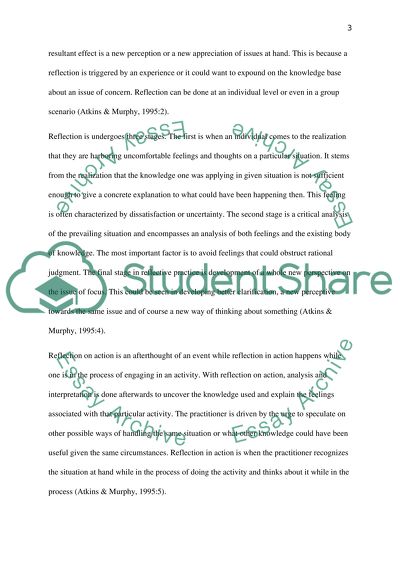Cite this document
(“Health promotion Essay Example | Topics and Well Written Essays - 3500 words - 2”, n.d.)
Retrieved from https://studentshare.org/nursing/1633393-health-promotion
Retrieved from https://studentshare.org/nursing/1633393-health-promotion
(Health Promotion Essay Example | Topics and Well Written Essays - 3500 Words - 2)
https://studentshare.org/nursing/1633393-health-promotion.
https://studentshare.org/nursing/1633393-health-promotion.
“Health Promotion Essay Example | Topics and Well Written Essays - 3500 Words - 2”, n.d. https://studentshare.org/nursing/1633393-health-promotion.


